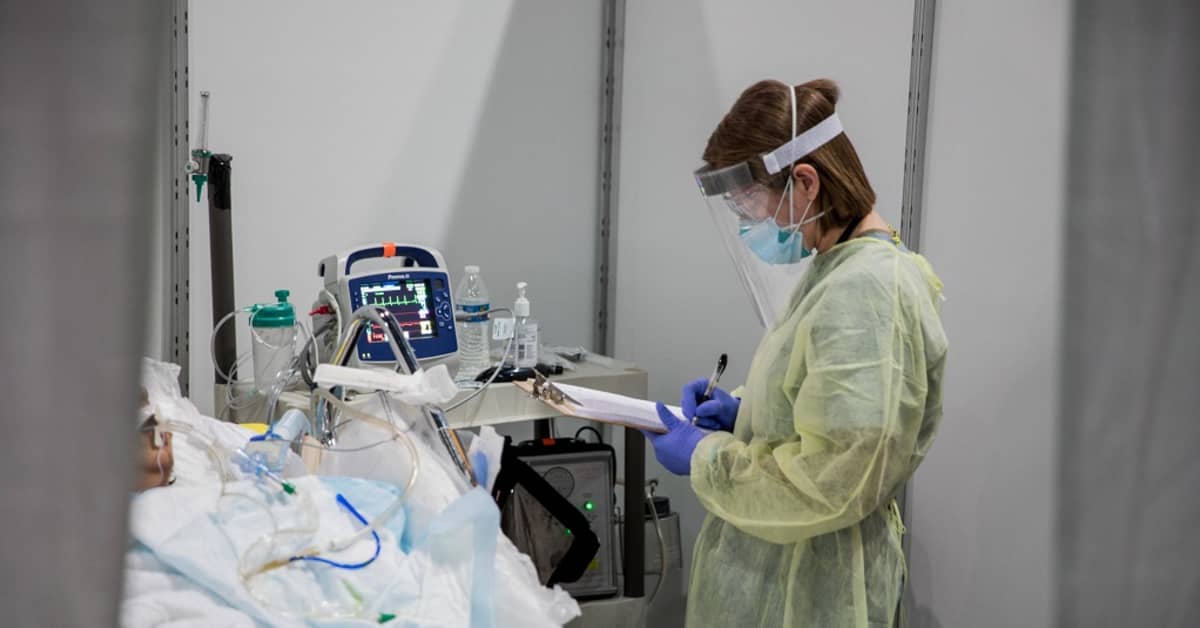The vaccine is stored and distributed at –18°C, but storage at 2–8°C, a favourable temperature profile for global distribution, has also been approved by the Ministry of Health of the Russian Federation.
The safety of adenoviral vector vaccines has been extensively studied, and adenoviral vector-based therapeutic drugs are used in clinical practice.
5
,
6
,
7
Adenoviral vector-delivered antigens are known to induce both cellular and humoral immunity after a single immunisation, allowing their use as an emergency prophylaxis tool in a pandemic. Furthermore, the use of two immunisations gives a durable and long-lasting immune response.
8
,
9
74 participants from the vaccine group and 41 from the placebo group were excluded from analyses (
figure 1). This preliminary analysis included 16 427 participants in the vaccine group and 5435 in the placebo group, who received at least one dose and continued participation in the trial. 14 964 in the vaccine group and 4902 in the placebo group had received two doses at the time of database lock (Nov 24, 2020) and were included in the primary outcome analysis (
table 1).
The general safety and rare adverse event analyses included 12 296 participants who received both doses up to the database lock on Nov 18, 2020. The most common adverse events were flu-like illness, injection site reactions, headache, and asthenia. Most of the reported adverse events (7485 [94·0%] of 7966) were grade 1; 451 were grade 2 (5·66%) and 30 were grade 3 (0·38%). 122 rare adverse events were reported in the study (91 in the vaccine group and 31 in the placebo group;
appendix pp 8–9).
The analysis of serious adverse events included 21 862 participants who received at least one dose (of whom 19 866 received two doses) up to database lock on Nov 24, 2020. 70 episodes of serious adverse events, considered not related to COVID-19, were recorded in 68 participants: in 45 (0·3%) of 16 427 participants from the vaccine group and 23 (0·4%) of 5435 participants from the placebo group (
appendix pp 5–7). None of the serious adverse events were considered associated with vaccination, as confirmed by the independent data monitoring committee (IDMC).
Our interim results of the phase 3 Gam-COVID-Vac trial show that the vaccine is 91·6% (95% CI 85·6–95·2) efficacious against COVID-19 (from day 21 after first dose, the day of receiving second dose).
Our results also showed that the vaccine was 100% (95% CI 94·4–100) efficacious against severe COVID-19, although this was a secondary outcome so the results are preliminary. The vaccine was well tolerated, with 45 (0·3%) of 16 427 participants in the vaccine group reporting serious adverse events, all of which were considered not related to the vaccine. According to the study design, the starting point for counting COVID-19 cases for estimation of vaccine efficacy was 21 days after dose 1 (day of dose 2 administration). Although the study was not designed to assess the efficacy of a single-dose regimen, our early starting point allows us to observe a possible partial protective effect of a single dose. The cumulative COVID-19 incidence curves of COVID-19 cases among the placebo and vaccine groups begin to diverge 16–18 days after the first immunisation, showing early onset of a partially protective effect after a single-dose immunisation; however, the study design does not allow us to draw conclusions from these observations.
The vaccine induced robust humoral (n=342) and cellular (n=44) immune responses in all age strata.
This interim analysis of the phase 3 trial of Gam-COVID-Vac showed 91·6% efficacy against COVID-19 and was well tolerated in a large cohort.
www.thelancet.com
/img-s3.ilcdn.fi/222055c1352d376fb28ea76fcae720ca156c633408825d6bb8c24113719626eb.jpg)
 www.iltalehti.fi
www.iltalehti.fi
/img-s3.ilcdn.fi/222055c1352d376fb28ea76fcae720ca156c633408825d6bb8c24113719626eb.jpg)




/img-s3.ilcdn.fi/1f24f74c10a7ea5ae00fda2ee07e7f9137200b2c7a273c2ff3b80e64bea2f427.jpg)
